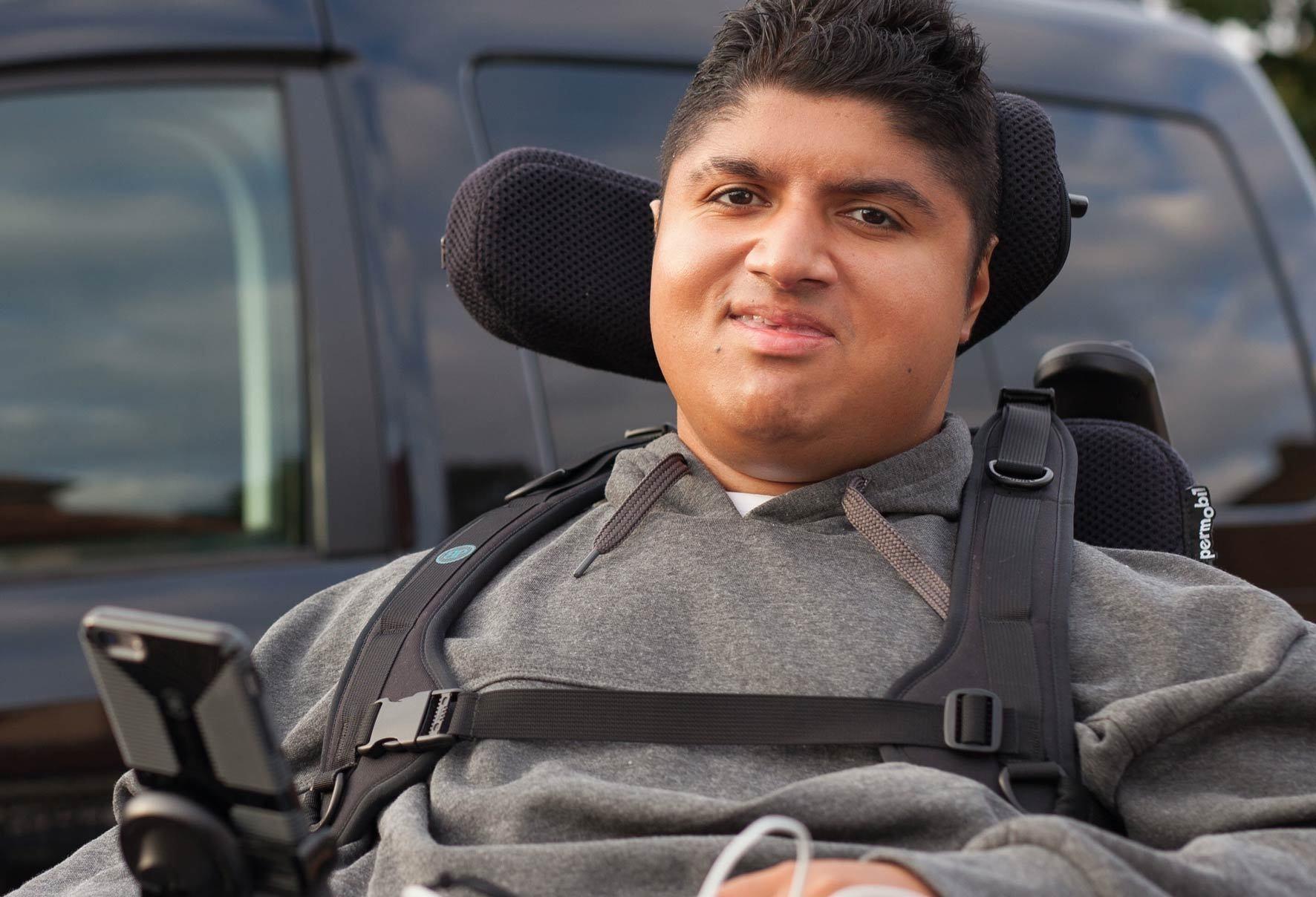WHAT IS DUCHENNE?
A progressive genetic muscle-wasting disease
THE MOST COMMON FATAL GENETIC DISORDER DIAGNOSED IN CHILDHOOD
Duchenne muscular dystrophy (Duchenne) is the most common life-limiting genetic disorder diagnosed in childhood. It is an X-linked disease that is caused by mutations in the dystrophin gene, which leads to the absence of the dystrophin protein. The disease occurs in approximately one in every 3,500-5,000 boys born and has no ethnic, geographic, racial, or religious boundaries.
Diagnosis usually comes between the ages of three and five due to pronounced muscle weakness. Unable to live normal lives because of progressive and irreversible muscle loss, patients typically lose the ability to walk by their early teens and succumb to respiratory or heart failure in their 30s. There is currently no cure for Duchenne.
see "attributes' tool for settings for this row
Duchenne at a Glance
X-linked disease that primarily affects males
Diagnosis at 3 – 5 years of age
Most common fatal genetic disease
One of more than 30 types of muscular dystrophy
Economic burden of more than $1 billion a year in the U.S.
No ethnic, geographic, racial or religious boundaries



No Cure
There is no cure for Duchenne, and there is only one regulatory approved treatment on the market for a subset of patients. Solid recognizes this unmet medical need and is purpose-built to identify and develop the most promising approaches to address these rare genetic diseases.
| Stages of Duchenne | Age | Physical Manifestation |
|---|---|---|
| Early Phase | Ages of 2 to 7 | Delays in early developmental milestones. |
| Transitional Phase | Ages of 6 to 9 | Difficulty walking due to muscle weakness. |
| Loss of Ambulation | Ages of 10 to 14 | Use of power wheelchair on a regular basis. Activities involving the arms, legs or trunk will require assistance. |
| Adult Stage | Ages 15+ | Life-threatening heart and respiratory conditions become more prevalent. |